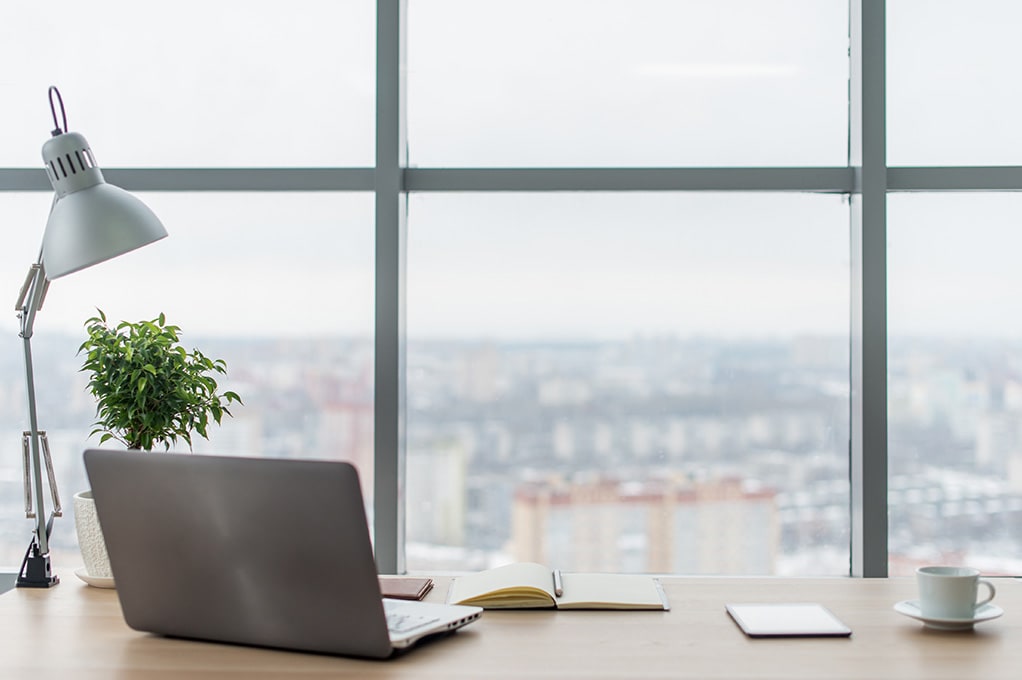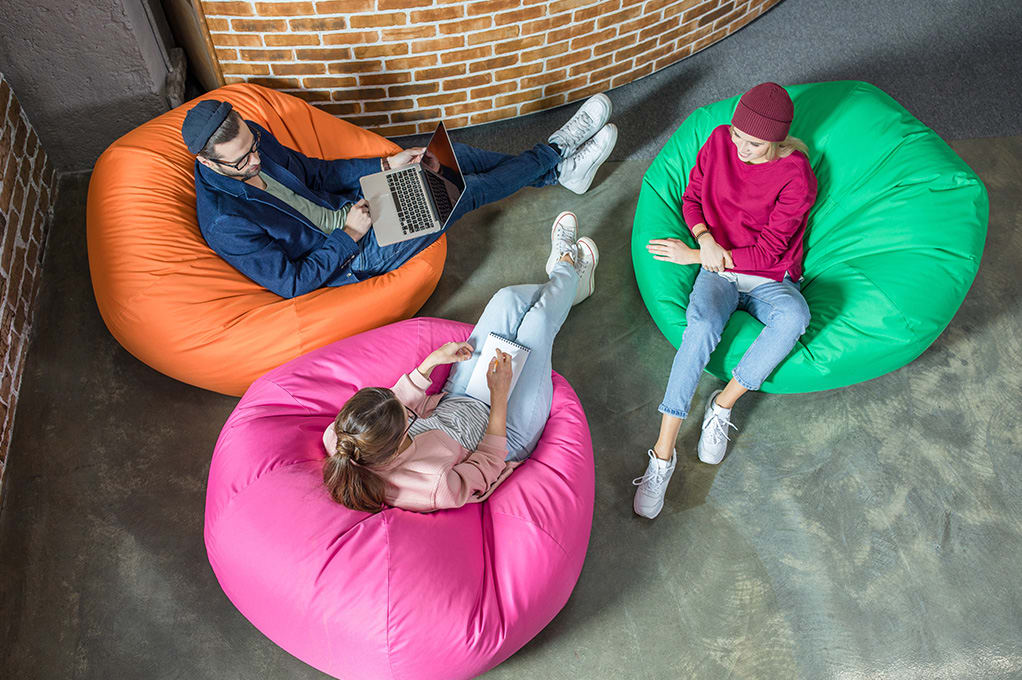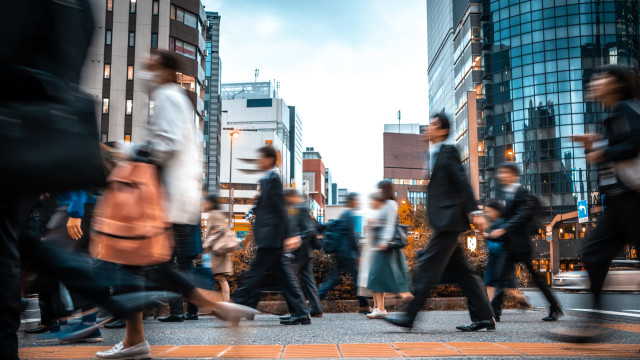Impact of Physical Workspaces on Workplace Wellbeing

Where will you find more peace – a quiet room with fresh linen, adequate lighting and a gorgeous view or a noisy one with clothes scattered across the bed, dim lighting and small windows?
The impact our immediate surroundings have on our wellbeing is ignored often. Ambient light, good ventilation and ergonomic furniture are important to determine how office space affects productivity. It is easier to work in a space that supports your wellbeing than one that disrupts peace of mind.
According to Fellowes Workplace Wellness Trend Report, 87% workers want their employers to offer a healthier workspace, equipped with wellness rooms, ergonomic furniture, nutritious food kiosks, etc. Further, 93% from the tech industry said they would prefer to stay longer at an organization with better health benefits in the workspace.
Here is how the physical workspace impacts the employee experience and a few ways to create a wellbeing-centric workspace:
1. Reflect your company culture
“We are a young and cool company” doesn’t necessarily mean adding colorful bean bags and a graffiti wall to your office. Think about your core values and what sets you apart while planning your office décor. For instance, if your company colors are blue and yellow, perhaps the cafeteria could have tables, chairs and snack boxes in the same colors. You could also customize your coffee mugs with fun one-liners that are in tandem with your work culture and core values. Though these things may seem trivial, they go a long way in motivating employees to do better every day, in line with the goals of their organization. You will be amazed to see how office space affects productivity.
2. De-clutter workstations

An office with cramped desks with files, wires and loose sheets strewn everywhere can never be conducive to productivity. Every employee needs personal space to work and think. When the workspace becomes crowded with desks, employees tend to feel more agitated and stressed due to increased noise levels and negligible personal space. Float emailers amongst your employees with the best tips to de-clutter work desks. By organizing wayward wires and removing unnecessary elements from your desk, you can create space for things that you really need and have room to think and work peacefully.
3. Offer easy access to natural lighting
As kids, reading your favorite book by the light of a flimsy torch under a blanket may have been an exciting adventure. However, prolonged exposure to dim lighting can cause major psychological disorders and screen fatigue. A prime example of the impact of office design on productivity can be seen in those suffering from Seasonal Anxiety Disorder (SAD), which usually exacerbates during winter and fall, when we don’t get enough sunlight. Dull lighting has also been linked to higher chances of depression. Office lighting usually has an intensity of 200-500 lux while direct sunlight has an intensity of around 100,000 lux. Those diagnosed with SAD require 2500 lux of light for treatment. To ensure that your office gets sufficient natural lighting, consider incorporating lighting domes/inlets and encourage your employees to take a walk outdoors every day to soak in sunlight. Interestingly, a few countries in Europe, including Denmark and Norway have strict rules mandating desks and workstations to be at a certain distance from the window.
4. Ensure optimum ventilation
Working in a poorly ventilated office is like working in a hotbox — the room feels hot, humid and suffocating. To understand how office space affects productivity, it is important to look at the current layout of your office, working conditions and take employee feedback into consideration. Poor ventilation leads to bad indoor air quality that causes headaches, allergies, fatigue and nausea. It also increases humidity and temperature inside the office which can prove detrimental to employees’ health, focus and state of flow. Sick Building Syndrome (SBS) is one of the biggest outcomes of poor indoor air quality and some of its symptoms include headaches, irritation of nose, throat and eyes, fatigue and hypersensitivity to odors. With adequate ventilation, your employees can focus on tasks at hand, instead of being distracted by their failing health.
5. Create zones to unwind

Since we spend most of our time in offices, it’s important for your employees to take a break from the madness of busy schedules and piling work. The monotony of work can also get to them, reducing their enthusiasm and productivity. Create a fun zone where people can unwind and take their minds off work for a while. Some offices have a room with foosball tables and board games or one where people can take power naps or do a quick meditation session. Amazon recently introduced the AmaZen program and their Zen Booth is an integral part of it. The creator, Leila Brown shared, “The ZenBooth is an interactive kiosk where you can navigate through a library of mental health and mindful practices to recharge the internal battery."
Employers often underestimate the importance of an empowering workspace and don’t make it a part of their work culture. However, the impact of office design on employee productivity must not be ignored anymore. Which of these ideas have you already incorporated in your workspace? Tell us in the comments.








